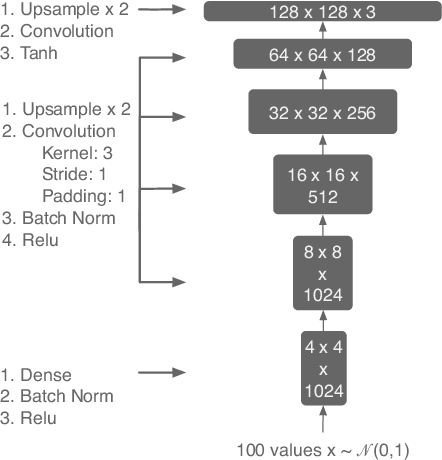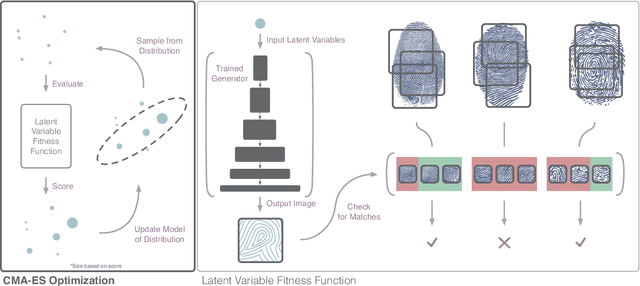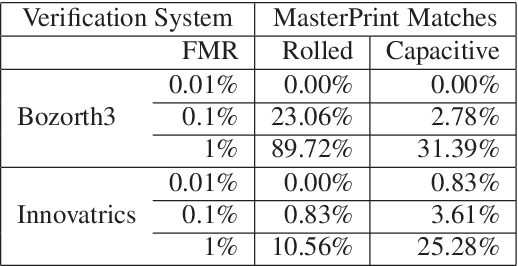Aditi Roy
AI on the Bog: Monitoring and Evaluating Cranberry Crop Risk
Nov 08, 2020



Abstract:Machine vision for precision agriculture has attracted considerable research interest in recent years. The goal of this paper is to develop an end-to-end cranberry health monitoring system to enable and support real time cranberry over-heating assessment to facilitate informed decisions that may sustain the economic viability of the farm. Toward this goal, we propose two main deep learning-based modules for: 1) cranberry fruit segmentation to delineate the exact fruit regions in the cranberry field image that are exposed to sun, 2) prediction of cloud coverage conditions and sun irradiance to estimate the inner temperature of exposed cranberries. We develop drone-based field data and ground-based sky data collection systems to collect video imagery at multiple time points for use in crop health analysis. Extensive evaluation on the data set shows that it is possible to predict exposed fruit's inner temperature with high accuracy (0.02% MAPE). The sun irradiance prediction error was found to be 8.41-20.36% MAPE in the 5-20 minutes time horizon. With 62.54% mIoU for segmentation and 13.46 MAE for counting accuracies in exposed fruit identification, this system is capable of giving informed feedback to growers to take precautionary action (e.g. irrigation) in identified crop field regions with higher risk of sunburn in the near future. Though this novel system is applied for cranberry health monitoring, it represents a pioneering step forward for efficient farming and is useful in precision agriculture beyond the problem of cranberry overheating.
DeepMasterPrints: Generating MasterPrints for Dictionary Attacks via Latent Variable Evolution
Oct 18, 2018



Abstract:Recent research has demonstrated the vulnerability of fingerprint recognition systems to dictionary attacks based on MasterPrints. MasterPrints are real or synthetic fingerprints that can fortuitously match with a large number of fingerprints thereby undermining the security afforded by fingerprint systems. Previous work by Roy et al. generated synthetic MasterPrints at the feature-level. In this work we generate complete image-level MasterPrints known as DeepMasterPrints, whose attack accuracy is found to be much superior than that of previous methods. The proposed method, referred to as Latent Variable Evolution, is based on training a Generative Adversarial Network on a set of real fingerprint images. Stochastic search in the form of the Covariance Matrix Adaptation Evolution Strategy is then used to search for latent input variables to the generator network that can maximize the number of impostor matches as assessed by a fingerprint recognizer. Experiments convey the efficacy of the proposed method in generating DeepMasterPrints. The underlying method is likely to have broad applications in fingerprint security as well as fingerprint synthesis.
Kid on The Phone! Toward Automatic Detection of Children on Mobile Devices
Aug 05, 2018



Abstract:Studies have shown that children can be exposed to smart devices at a very early age. This has important implications on research in children-computer interaction, children online safety and early education. Many systems have been built based on such research. In this work, we present multiple techniques to automatically detect the presence of a child on a smart device, which could be used as the first step on such systems. Our methods distinguish children from adults based on behavioral differences while operating a touch-enabled modern computing device. Behavioral differences are extracted from data recorded by the touchscreen and built-in sensors. To evaluate the effectiveness of the proposed methods, a new data set has been created from 50 children and adults who interacted with off-the-shelf applications on smart phones. Results show that it is possible to achieve 99% accuracy and less than 0.5% error rate after 8 consecutive touch gestures using only touch information or 5 seconds of sensor reading. If information is used from multiple sensors, then only after 3 gestures, similar performance could be achieved.
 Add to Chrome
Add to Chrome Add to Firefox
Add to Firefox Add to Edge
Add to Edge